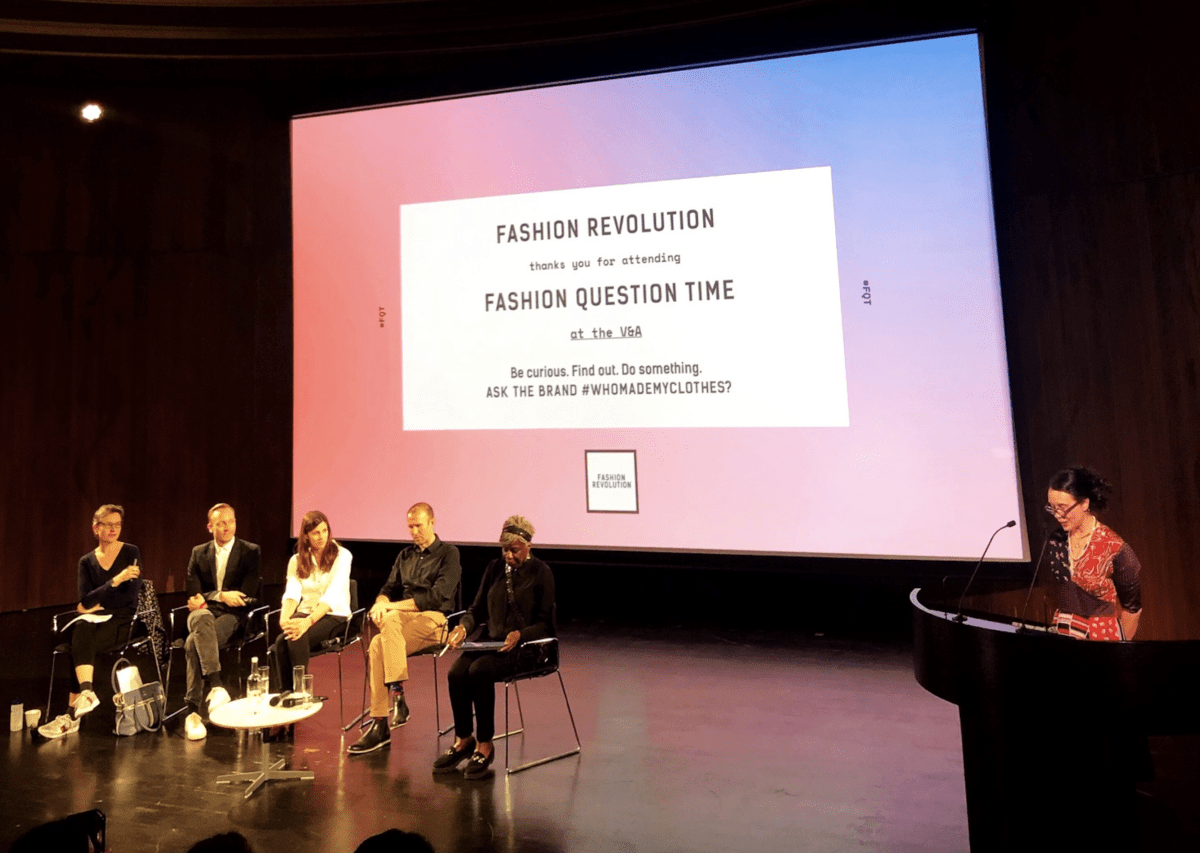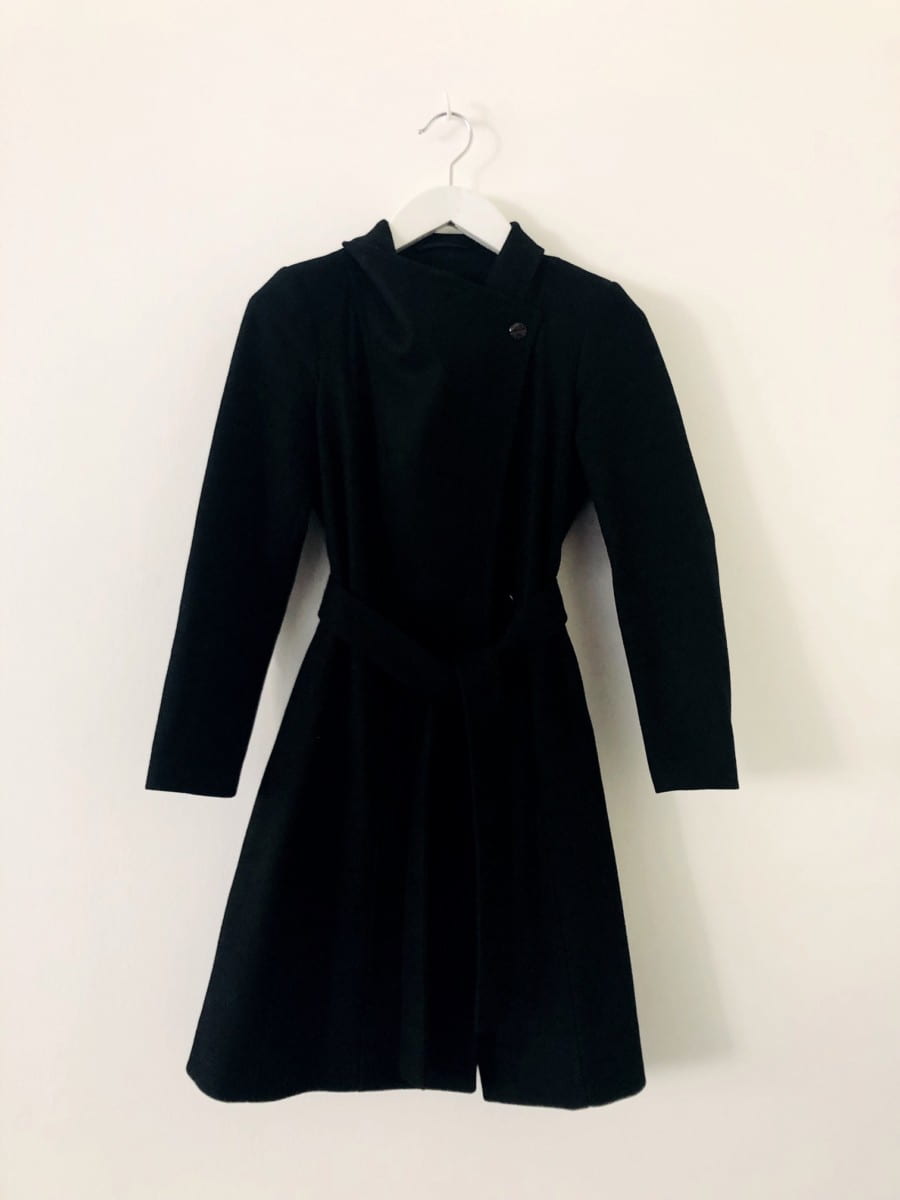Looking for inspiration? Today’s concept of fashion is deeply rooted in the Eighteenth-century.
Many Londoners are convinced that something truly exciting and creative cannot be older than a decade. I don’t know why. Ever since I came to the Wallace Collection as a curator in 2007, then as its Director in 2011, I have felt lucky to work in an environment full of inspiration and creativity. Here, a life is not enough to exhaust the ideas of Rembrandt, Velázquez, Watteau and the like. Nowhere is this truer than in our eighteenth-century galleries.
Working at the Wallace Collection, I have been puzzled that the eighteenth-century is seen as particularly stuffy. It has often been seen as a backdrop to an old-fashioned, upper-class lifestyle, as a projection canvas for Marie Antoinette nostalgia. But step back and look – or come very close and zoom in. Its paintings, furniture or porcelain are full of a startling, inspiring strangeness. Forget for a moment that you are looking at a Rococo chest-of-drawers, and your mind will find it hard to keep up with your eyes when following the bronzes from reed to sunflower to dragon to shell – a permanent metamorphosis.

Nicolas Lancret, Fête in a Wood c.1722, © The Wallace Collection.
The eighteenth century loved good conversation: the entertaining, equal exchange between people, and the sexes, between ideas and fields of enquiry. The way to knowledge was meant to be entertaining. The worst thing would have been to be boring or preachy. The greatest objects from the period have the same open-minded, entertaining quality.

Antoine-Robert Gaudreaus, chest of drawers 1735-1740, © The Wallace Collection.
The best eighteenth-century works – the Wallace Collection is full of them – are a mine of surprising, creative ideas, but they can also provide inspiration to look at an object with a clear sense of its purpose and to re-consider the relationships between its parts. The legs of Antoine-Robert Gaudreaus’ commode bend with elasticity under the weight of the body, that is pushing them apart until the perfect balance is reached – between load and support, energy and weight, the expressive and the playful.
This year, a ground-breaking exhibition in Versailles has focused its attention on the careful and inspired design of these works. It has presented the eighteenth century – correctly! – as the beginning of a modern idea of design (18e, aux sources du design – The eighteenth century. The Birth of Design). The eighteenth century reassessed even the most commonplace objects in a new light to explore their function.
The eighteenth century had no respect for art works, objects or ideas that were dull, uninspired or predictable. This is why novelty played such a crucial role. 1720 was not meant to look like 1716; traditions could be continued, but only if they were developed or subverted, if a new and surprising angle could be taken. Today’s concept of fashion is deeply rooted in that period. Eighteenth-century art is ephemeral – but its spirit is a lasting inspiration.
The Wallace Collection has always been a mine of inspiration for designers and artists – and for society at large. We are proud that we can offer unexpected experiences and inspiration in central London – free to the public.
Dr Christoph Vogtherr is a specialist scholar/curator in eighteenth-century French painting and Director of The Wallace Collection.




